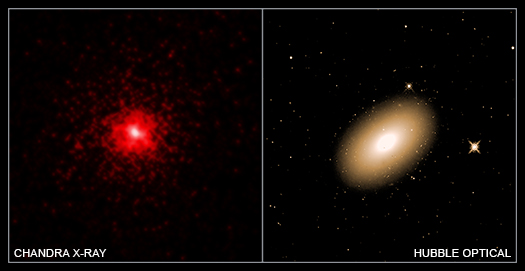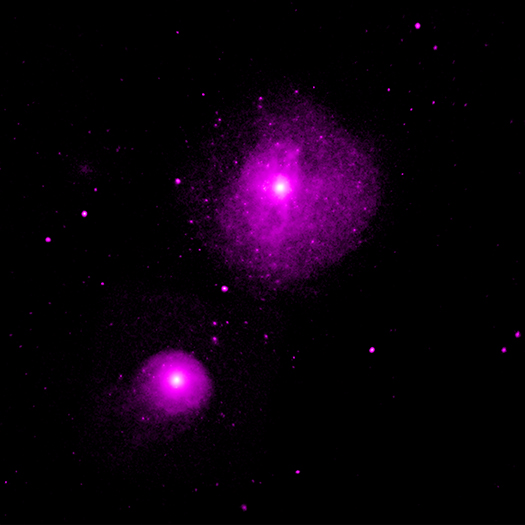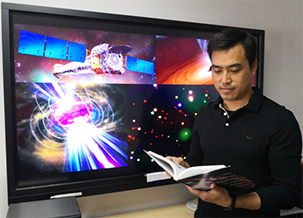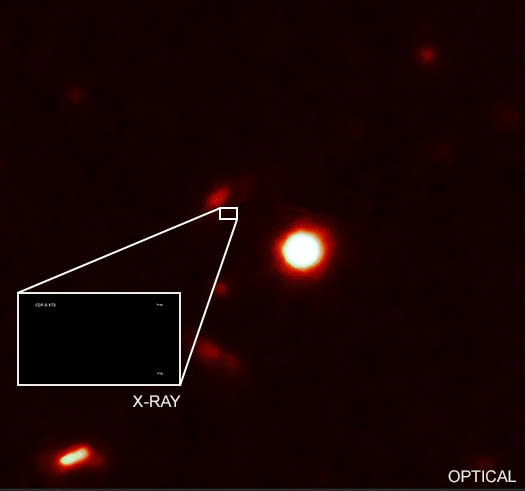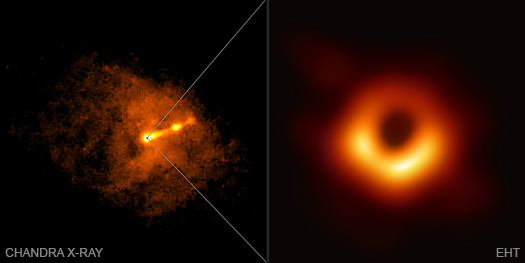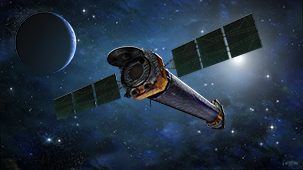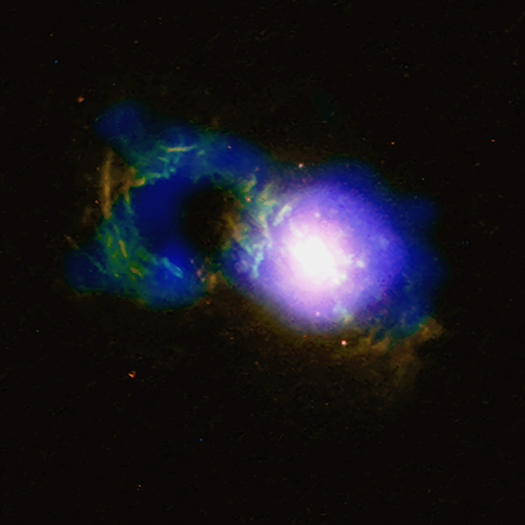Hunting for Stellar CMEs: The Chandra Success
Submitted by chandra on Fri, 2019-05-31 11:27We are pleased to welcome Costanza Argiroffi as a guest author. Costanza led the study reporting the first secure detection of a coronal mass ejection from a star other than the Sun. She is an astrophysicist from the University of Palermo, Italy, where she is from. Her main research field is the study of low-mass stars. She obtained her PhD from the University of Palermo in 2006, and during her studies spent a few months at the Smithsonian Astrophysical Observatory in Cambridge, MA. Then she worked as a postdoc and, since 2008, as a researcher at the University of Palermo.
Coronal Mass Ejections (CMEs) are large-scale expulsions of material previously confined in the atmosphere of a star. CMEs are among the most powerful magnetic phenomena occurring in the atmosphere of the Sun, reaching velocities of about 2 million miles per hour, masses of about 200,000 billion pounds, and kinetic energies equivalent to about 125 million Krakatoa eruptions.
Using data from NASA’s Chandra X-ray Observatory, we have made the first unambiguous detection of a CME by a star other than the Sun.





